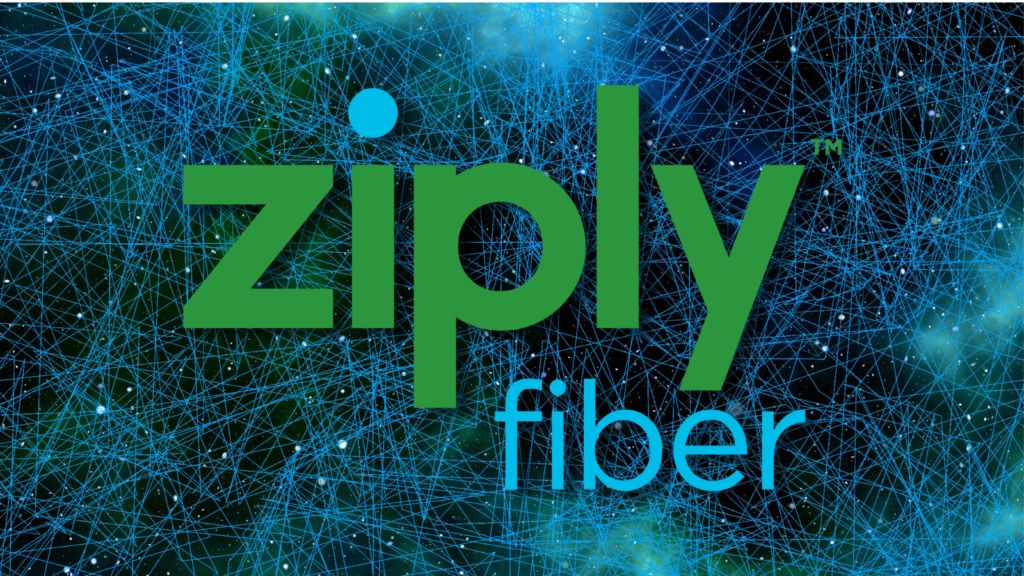With $450 million in new funding in hand, Ziply Fiber will look to edge-out and greenfield opportunities to expand its fiber network beyond the existing footprint it acquired from Frontier Communications two years ago.
Impact: For the past two years, Ziply Fiber has been busy executing a fiber expansion strategy designed to upgrade roughly 85% of the company’s existing four-state footprint to fiber, bolstered by an initial debt offering a year ago that raised $350 million.

The company’s original fiber expansion effort aims to cover a total of 1 million locations with fiber in the small cities and towns that make up Ziply’s footprint in Washington, Oregon, Idaho, and Montana. That project, though still underway, has so far expanded fiber to more than 80 markets across the four states and has an estimated “several hundred thousand” locations left to pass before Ziply considers it complete.
But now Ziply is thinking bigger. According to CEO Harold Zeitz, Ziply will use $450 million in additional funding – with contributions from all five of its current investors, including WaveDivision Capital and Searchlight Capital – to focus on deploying fiber outside of its inherited footprint. This involves starting from scratch in these areas rather than overbuilding Frontier’s old copper plant, and the company will utilize both edge-out opportunities and greenfield builds to achieve its goals. Zeitz estimated the new funding would cover several hundred thousand more locations, meaning Ziply will likely add at least a half a million new fiber passings over the next several years. The company hopes this will put it well ahead of other fiber providers planning their own buildouts in the region.
The edge-outs will focus on areas adjacent to the company’s existing fiber and is a strategy being deployed by a number of other wireline broadband providers, including WideOpenWest, Comcast, and Cox, to name a few. In Ziply’s case, the edge-outs come in response to requests from nearby communities for Ziply to deploy fiber to their city or town. The greenfield builds will occur in places totally new to Ziply, although it has not yet revealed where those locations might be. In fact, Zeitz left open the idea that some of Ziply’s greenfield builds could occur outside of its home region, although he said the company’s comprehensive plan will mostly focus on the Northwest and nearby. And just like with its edge-out plans, Ziply is not alone in pursuing greenfield opportunities, following in the footsteps of WOW, TDS, Metronet, and numerous other providers overbuilding with fiber in places they have not traditionally operated.
Other fiber providers moving into the region may be one of the reasons Ziply might look outside its traditional footprint for additional deployment opportunities. With providers like Lumen and TDS planning or already working on projects in parts of its footprint, it can’t hurt to have other options. Ziply may be insulated from some of that competition due to its focus on delivering fiber to smaller and more rural locations, described previously as Tier 3 or even Tier 4 communities. But if the competition gets more intense within parts of its existing footprint, expansion into new markets to establish a larger coverage area could help Ziply continue to grow its brand.
